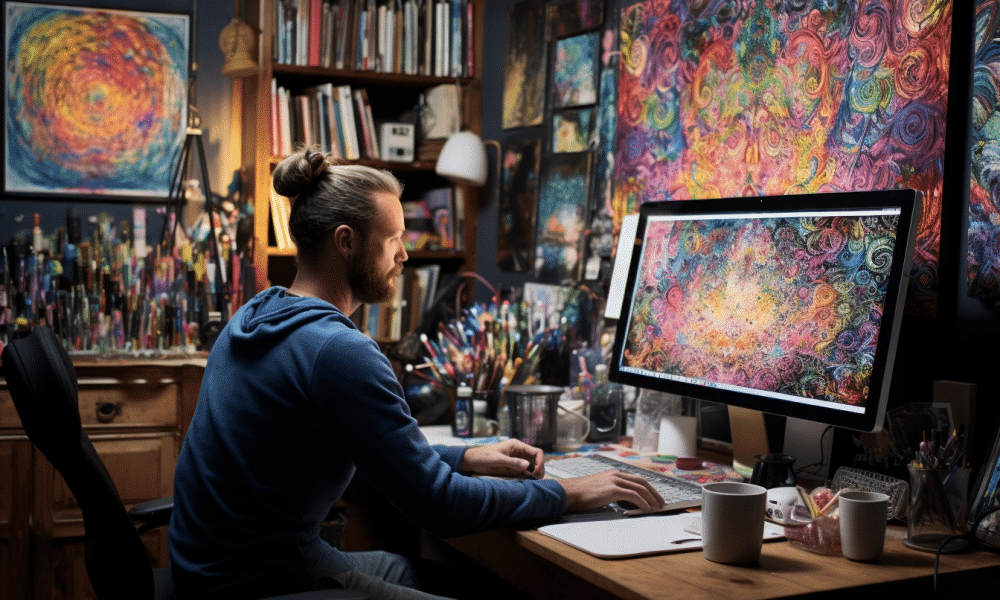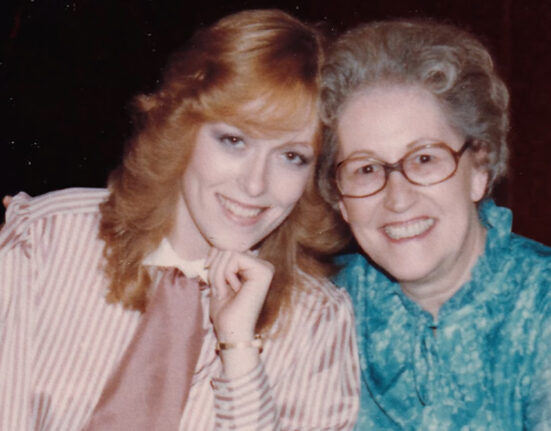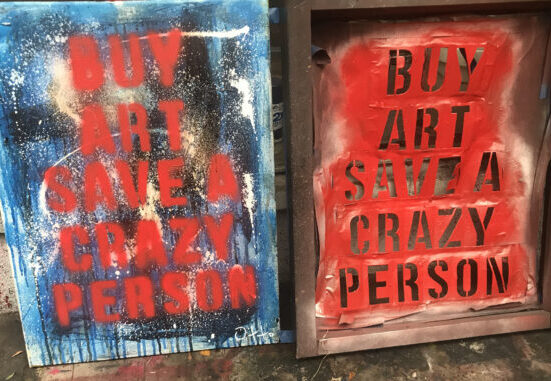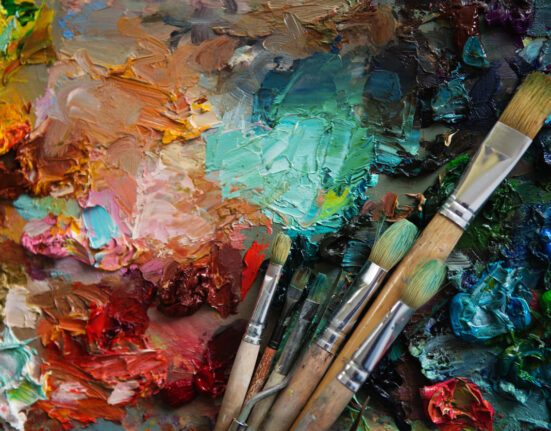In an era marked by the dynamic fusion of art and technology, visual artists are continually exploring innovative ways to amplify their creativity. Enter ChatGPT and Midjourney, a duo that puts the power of language-driven artificial intelligence (AI) to use, along with the prowess of image generation. For beginners, this collaboration offers an exciting gateway into the world of AI-driven artistry.
In this guide, we unveil five essential tactics that can transform aspiring visual artists into adept users of ChatGPT for Midjourney.
Creating compelling creative visuals on Midjourney via ChatGPT
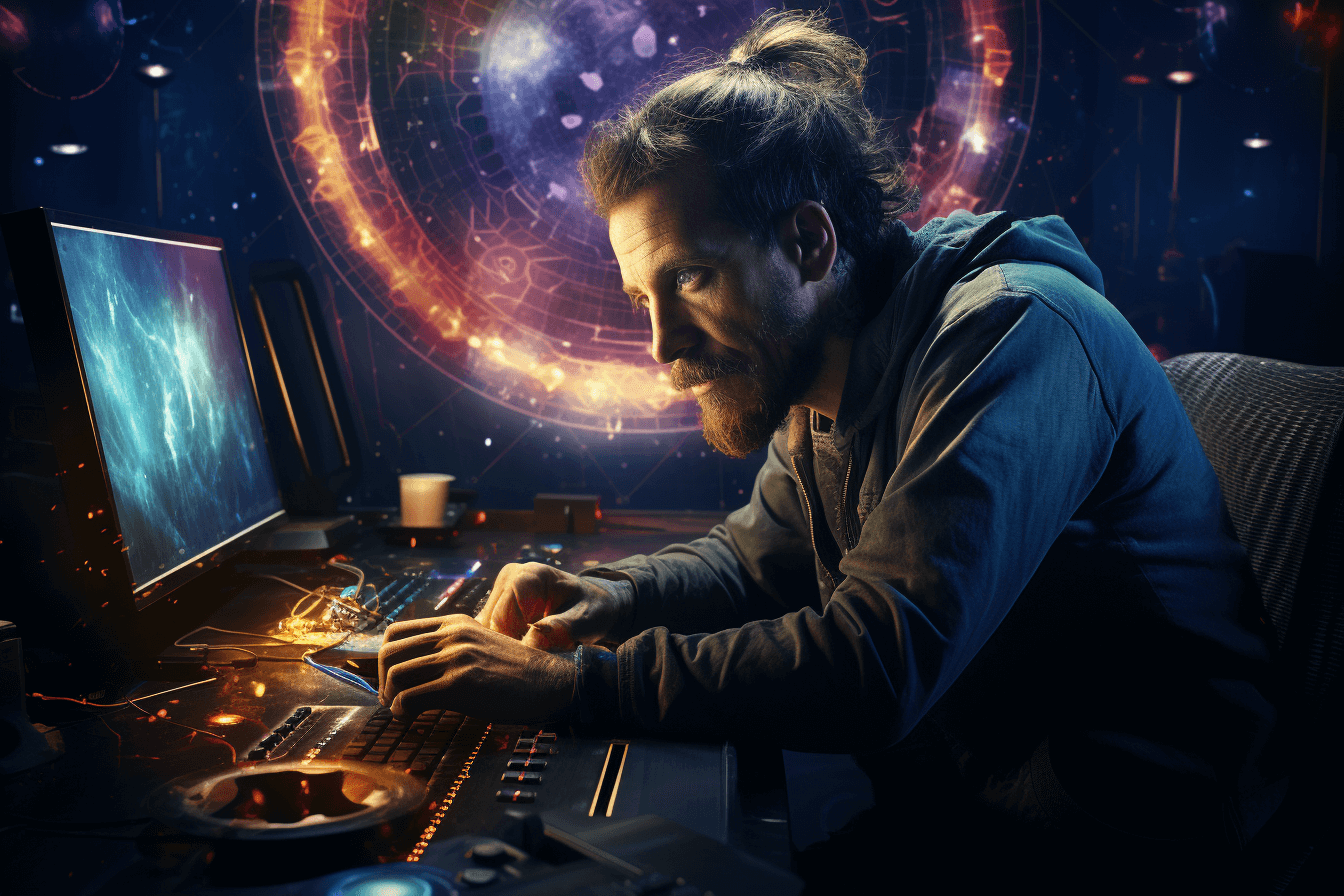
Exploring how to use ChatGPT prompts on Midjourney
1. Craft cross-disciplinary inspiration
Visual artists are renowned for drawing inspiration from a myriad of sources. ChatGPT serves as a vast repository of knowledge, making it an ideal companion for artists seeking to venture into uncharted territory. By tapping into scientific theories, historical events, or philosophical concepts, artists can infuse their work with layers of meaning and depth that transcend traditional artistic boundaries.
For example, delving into the intricacies of quantum physics may inspire artworks that explore the interplay between science and spirituality, resulting in thought-provoking pieces that engage viewers on multiple intellectual levels.
Steps for using ChatGPT for cross-disciplinary Midjourney prompts
- Identify cross-disciplinary elements: Start by choosing two or more distinct disciplines or themes you want to merge. Be clear about the specific aspects from each discipline you want to incorporate, such as color schemes, structural forms, or thematic concepts.
- Formulate a cohesive prompt: Use ChatGPT to help integrate these elements into a cohesive prompt. Describe the elements from each discipline and ask ChatGPT to create a unified prompt that reflects this blend. Ensure that the prompt maintains a balance between the different elements to avoid overpowering one aspect over the other.
- Refine and elaborate the prompt: Once you have a basic prompt, ask ChatGPT to elaborate or refine it by adding more details or adjusting the balance between the cross-disciplinary elements. This might include specifying particular art techniques, scientific theories, or cultural motifs.
- Evaluate and tweak the prompt: Discuss the generated prompt with ChatGPT, asking for feedback or suggestions on how it might be improved or made more interesting. Use this iterative process to fine-tune the prompt until it aligns with your creative vision.
Prompt objective
To utilize ChatGPT and Midjourney for crafting prompts that creatively merge elements from multiple disciplines or themes, ensuring a harmonious balance of color schemes, structural forms, and thematic concepts. The objective includes refining and elaborating these prompts to achieve a well-integrated blend, and iteratively tweaking them based on feedback to align perfectly with the envisioned creative concept.
Example prompts
- Fusion of Art Deco and futuristic technology: “Merge the elegance of Art Deco design, with its geometric patterns and bold lines, with futuristic technology themes like AI and cybernetics. Balance the luxurious color palette of Art Deco with sleek, high-tech visuals. Refine this concept to emphasize the contrast between vintage style and modern tech.”
- Blend of botanical elements with architectural structures: “Combine botanical elements like leaf patterns and natural textures with architectural structures, focusing on modernist and minimalist styles. Aim for a prompt that balances the organic feel of nature with the clean lines of contemporary architecture. Elaborate on this by incorporating specific plant species and architectural movements.”
- The intersection of classical music and abstract art: “Integrate the harmonious complexity of classical music with the visual spontaneity of abstract art. The prompt should highlight musical elements such as notation and instruments with abstract art techniques like splatter and color blocking. Refine to clearly represent the rhythmic flow of music through abstract forms.”
For a deeper dive into generating creative prompts using AI, check out our comprehensive guide on How to Use ChatGPT for Midjourney Prompts.
2. Build dialogues with imaginary characters
The creative process often benefits from a dose of whimsy and imagination. Through conversations with ChatGPT, artists can give life to an imaginary artist character, complete with a unique style, personality, and artistic vision. Engaging in dialogues with this imaginary counterpart can act as a source of creative liberation.
It encourages artists to shed preconceived notions and embark on innovative artistic journeys they might have never considered. This playful yet introspective approach can lead to the development of entirely new artistic directions and a fresh perspective on one’s own creative identity.
Creating prompts for imaginary characters with ChatGPT
- Character conceptualization: Begin by defining your imaginary character. Consider their personality, background, and physical appearance. Use ChatGPT to help flesh out these details, making the character as vivid and detailed as possible.
- Scenario creation: Develop a scenario or dialogue involving the character. This could be a scene from a story, a mythical event, or a moment capturing the character’s essence. Ask ChatGPT to assist in creating a compelling narrative or dialogue for the character.
- Translate dialogue into imagery: Once you have the dialogue or scenario, work with ChatGPT to translate these narrative elements into visual descriptions suitable for Midjourney prompts. Focus on translating the character’s emotions, actions, and setting from the narrative into descriptive visual elements.
- Refine and add details: Refine the prompt with additional details like setting, time of day, mood, and other elements that enhance the visual storytelling. Use ChatGPT to add artistic touches to the prompt, ensuring it conveys the story and character effectively.
Prompt objective
To use ChatGPT and Midjourney for the comprehensive development of fictional characters, starting from initial conceptualization through scenario creation and finally translating these into detailed visual imagery. This process involves fleshing out character traits and backgrounds, crafting engaging scenarios or dialogues, and converting these narrative elements into vivid visual descriptions for Midjourney prompts. The aim is to refine these prompts with intricate details to effectively convey the character’s story, emotions, and environment visually.
Example prompts
- Mystic warrior in an ancient forest: “Develop a character who is a mystic warrior with a mysterious background. Flesh out their appearance, emphasizing elements like ancient armor and mystical symbols. Create a scenario where they’re invoking ancient magic in a dense, enchanted forest. Translate this into a visual description capturing the warrior’s intense focus and the ethereal beauty of the forest, with details like the time of day and mystical light effects.”
- Space explorer discovering an alien planet: “Conceptualize a space explorer character, detailing their futuristic suit and curious personality. Develop a scene where they first step onto an uncharted alien planet. Convert this into a visual prompt, focusing on the awe and wonder in the explorer’s expression, the alien landscape with bizarre flora, and the contrast of the alien environment against the high-tech space gear. Add details like the alien planet’s atmosphere and lighting to enhance the mood.”
- Time traveler in a historical city: “Create a character who is a time traveler, with a blend of modern and historical clothing. Develop a dialogue or scenario where they’re walking through a historical city, like ancient Rome or medieval Paris. Translate this scenario into a visual description, highlighting the time traveler’s mixed emotions of fascination and confusion, the historical architecture, and the bustling city life around them. Include details like the city’s specific landmarks and the time of day to set the scene.”
3. Focus on visual storytelling with sequential art
Visual storytelling is a profound and expressive form of art that goes beyond individual images. ChatGPT can help artists craft the foundation of a narrative by generating a basic storyline or concept. Once this groundwork is established, Midjourney becomes the tool to bring this narrative to life through a series of images.
Artists can explore the art of storytelling, pacing, and character development within the context of their visual creations. This technique not only diversifies the artist’s portfolio but also allows for a deeper connection with the audience as viewers immerse themselves in a narrative journey through the artwork.
Crafting the perfect sequential art prompts using ChatGPT
- Storyline development: Start by conceptualizing a storyline or theme for your sequential art. Think about the beginning, middle, and end of your story. Use ChatGPT to help brainstorm story ideas, plot twists, and character developments.
- Break down into scenes: Divide your story into key scenes or moments that are crucial for narrative progression. Work with ChatGPT to define what happens in each scene, focusing on the main actions, character interactions, and emotional beats.
- Create detailed scene descriptions: For each scene, create a detailed description that includes the setting, characters involved, their actions, and any important objects or background elements. Use ChatGPT to add vivid details and ensure each scene is visually descriptive and narratively coherent.
- Transform scenes into visual prompts: Convert these detailed scene descriptions into prompts suitable for Midjourney. Focus on translating the narrative elements into visual language. Ensure each prompt is clear and detailed enough for Midjourney to generate images that accurately represent the scene.
- Sequence and refine the images: Once you have your set of images from Midjourney, arrange them in the order of your storyline. Review the sequence to ensure it flows smoothly and tells your story effectively. Use ChatGPT for any necessary refinements or adjustments to the prompts.
If you’re curious about advanced techniques like negative prompting, our Step-by-Step Guide on How to Use Midjourney Negative Prompt can be your next read.
Prompt objective
To utilize ChatGPT and Midjourney for the development and visualization of a cohesive storyline in sequential art. This involves brainstorming and structuring the narrative, breaking it down into key scenes, creating richly detailed descriptions of these scenes, and converting them into clear visual prompts for Midjourney. The aim is to ensure that each scene is narratively coherent and visually expressive, culminating in a sequence of images that effectively convey the story.
Example prompts
- Opening scene of a fantasy adventure: “Develop the opening scene of a fantasy adventure story set in an ancient, mystical forest. Describe the setting with towering ancient trees and mysterious fog. Include a young hero discovering a hidden map. Convert this into a visual prompt, focusing on the awe and curiosity on the hero’s face, the detailed forest background, and the ancient map in their hands.”
- The climactic battle in a sci-fi epic: “Create the climactic battle scene for a sci-fi epic. The setting is a futuristic city with towering skyscrapers under a night sky. Describe the main characters engaging in a dramatic showdown with advanced weapons and flying vehicles. Transform this into a Midjourney prompt, highlighting the intense action, dynamic poses of the characters, and the neon-lit cityscape.”
- Heartwarming conclusion to a family drama: “Conceptualize the final scene of a family drama, set in a cozy home during a family reunion. Detail the warm, inviting atmosphere, with family members sharing stories and laughter. Translate this into a visual prompt for Midjourney, capturing the expressions of joy and togetherness, the homely setting, and small details like family photos and a dinner table spread.”
4. Create abstract concept visualization
The challenge of translating abstract concepts or complex emotions into visual art is a pursuit that can yield profound results. ChatGPT can assist by providing detailed descriptions of intangible ideas or intricate feelings. Armed with these descriptions, artists can employ Midjourney’s capabilities to create visual representations that encapsulate the essence of these abstract concepts.
This approach invites viewers to engage with the art on a deeper, emotional level as they navigate the intricate visual tapestry, seeking to decode and interpret the nuanced abstract concepts. It’s a compelling form of artistic communication that transcends the traditional representational approach.
Visualizing abstract concepts in Midjourney using ChatGPT
- Define the abstract concept: Start by clearly defining the abstract concept you wish to visualize. It could be an emotion like serenity, a complex idea like quantum mechanics, or an artistic theme. Use ChatGPT to help articulate the concept in descriptive terms that can be visualized.
- Translate concept into imagery: Work with ChatGPT to translate the abstract concept into visual elements. This might include colors, shapes, patterns, or symbolic representations. Focus on how these elements can collectively convey the essence of the concept.
- Create a detailed prompt: Develop a detailed Midjourney prompt incorporating these visual elements. Ensure that the prompt is descriptive enough to guide the AI in the right direction. Use ChatGPT to refine the language of the prompt, making it as clear and evocative as possible.
- Experiment with variations: Experiment with different variations of the prompt to explore various visual interpretations of the concept. Use ChatGPT to modify or add to the prompt, experimenting with different descriptive terms or visual approaches.
For a comprehensive list of commands to navigate Midjourney with ease, don’t miss our Ultimate Guide to Midjourney Code List.
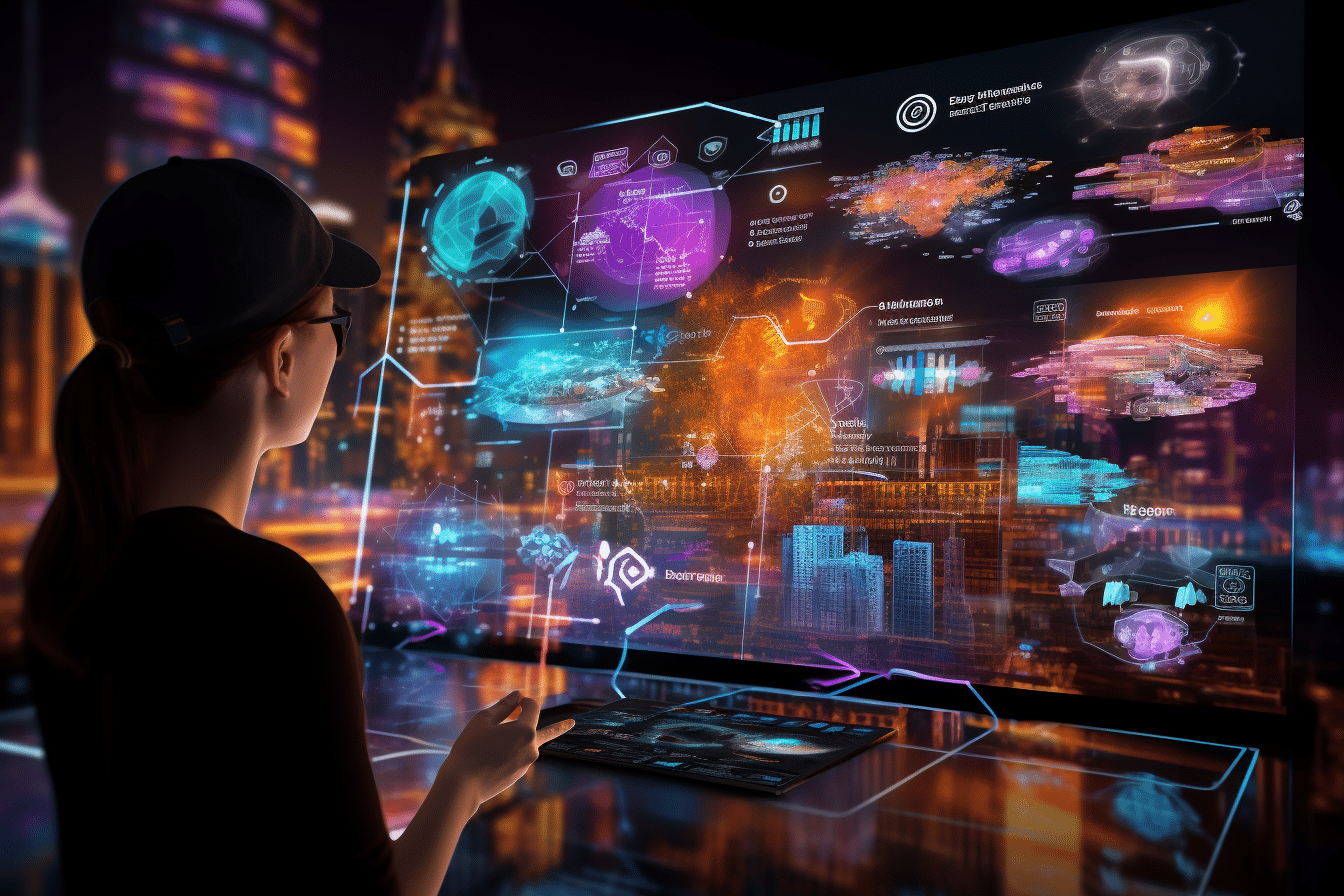
Navigating the benefits of using ChatGPT prompts with Midjourney
Prompt objective
To harness ChatGPT and Midjourney for transforming abstract concepts into visual representations using Midjourney. The process involves clearly defining the abstract concept, translating it into visual elements like colors, shapes, and patterns, and crafting a detailed prompt that effectively guides AI to create imagery reflecting the concept’s essence. The goal is to experiment with variations in the prompt to explore diverse visual interpretations and nuances of the abstract idea.
Example prompts
- Visualizing the emotion of serenity: “Create an image that visually represents the emotion of serenity. Focus on soft, cool colors like blues and greens, incorporate natural elements like water and gentle landscapes, and use smooth, flowing shapes to convey a sense of calm and peace. Make the prompt detailed to capture the tranquility and quietude associated with serenity.”
- Interpreting quantum mechanics through art: “Develop a visual representation of quantum mechanics. Use abstract patterns and shapes to depict the unpredictable nature of particles, vibrant colors to symbolize energy and movement, and elements that suggest both clarity and ambiguity. The prompt should guide the AI to create an image that feels both scientific and mystical.”
- Artistic theme of urban decay and rebirth: “Translate the theme of urban decay and rebirth into a visual artwork. Include contrasting elements like crumbling buildings and flourishing greenery, a palette of muted grays and vibrant greens, and symbols of decay versus growth. The prompt should detail these elements to illustrate the cycle of decline and renewal in urban environments.”
5. Work on retro-futurism and time-blended art
Time itself becomes a malleable canvas in this innovative approach to art. By working with ChatGPT to conceptualize time-blended ideas, artists can create a bridge between historical eras and futuristic visions. Descriptions that combine elements from various time periods with futuristic concepts set the stage for artistic exploration.
Midjourney then breathes life into these descriptions, visualizing artworks that defy conventional temporal constraints. These anachronistic blends challenge viewers to question the linear nature of time and progress. Additionally, it invites them to journey through time and imagination within a single canvas.
Creating vivid retro-futuristic art pieces on Midjourney via ChatGPT
- Conceptualizing the blend: Start by choosing elements from different eras that you want to combine. Use ChatGPT to help brainstorm how these disparate elements can be cohesively blended.
- Creating detailed descriptions: Work with ChatGPT to develop detailed descriptions of scenes that incorporate your selected elements. Focus on how these elements interact and complement each other. Ensure the description balances both retro and futuristic aspects, maintaining a cohesive aesthetic.
- Crafting the prompt: Translate the scene description into a Midjourney prompt. The prompt should clearly convey the fusion of time periods and styles. Use ChatGPT to refine the language of the prompt, ensuring clarity and vivid imagery.
- Experimenting with variations: Experiment with different variations of the prompt to explore various interpretations of your retro-futuristic concept. Use ChatGPT to adjust the prompt, exploring different ways to blend the eras and styles.
- Evaluating and refining the results: Once Midjourney generates images, evaluate them to see how well they represent your vision of retro-futurism and time-blended art. Discuss with ChatGPT any needed refinements and iterate on the prompt for further explorations.
Prompt objective
To use ChatGPT and Midjourney for the creative fusion of elements from different eras into a cohesive retro-futuristic aesthetic. The process involves brainstorming the blend of disparate elements, creating detailed scene descriptions that harmonize retro and futuristic aspects, translating these scenes into clear Midjourney prompts, experimenting with variations to explore different interpretations, and evaluating the results to refine the vision of a time-blended artistic concept.
Example prompts
- Retro-futuristic cityscape: “Create a Midjourney prompt depicting a cityscape that blends 1950s architectural styles with futuristic technology. Imagine flying cars against Art Deco buildings, neon signs alongside classic diners, and people in vintage clothing using advanced gadgets. The prompt should vividly describe this unique fusion, emphasizing how the retro and future elements interact and complement each other.”
- Victorian era meets space age: “Develop a scene that merges Victorian elegance with space-age technology. Picture a Victorian salon with steampunk-inspired space travel equipment, characters in period attire interacting with holographic displays, and a blend of ornate decor with sleek, futuristic machinery. The prompt should detail this juxtaposition, balancing the ornate detail of the Victorian era with the clean lines of futuristic design.”
- Ancient civilizations with modern tech: “Envision a scenario where ancient Greek or Egyptian civilizations have access to modern technology. Describe a scene with classical architecture and sculptures infused with digital screens and advanced communication devices. The prompt should focus on how these ancient and modern elements coexist, creating a visually striking and thought-provoking tableau.”
By embracing these less commonly discussed tactics, visual artists can break free from creative routines and embark on exciting and uncharted artistic journeys. The synergy between ChatGPT and Midjourney empowers artists to push the boundaries of their creativity. It enables them to produce compelling and thought-provoking art that captivates audiences in unique ways.
Understanding aspect ratios is crucial for photography; learn more by exploring our detailed guide on How to Change Aspect Ratio in Midjourney, complete with 9 examples.
Tools to help ChatGPT and Midjourney
1. Adobe Creative Cloud
Adobe’s comprehensive suite of design and editing tools serves as an indispensable companion to ChatGPT, enriching your artistic toolkit. Within this suite, applications like Photoshop and Illustrator offer advanced capabilities for the meticulous refinement and enhancement of your artwork.
Photoshop, in particular, stands out as a versatile powerhouse for detailed image editing and manipulation. Whether you’re retouching photographs, creating digital illustrations, or seamlessly compositing multiple elements, Adobe Creative Suite empowers you to achieve artistic precision and finesse.
These tools are the backbone of many professional artists. Moreover, they provide the means to bring your creative visions to life with unparalleled control and sophistication.
2. Procreate
Procreate is a digital painting and illustration app that reigns supreme on the iPad platform. Its allure lies in its ability to provide artists with a natural and hands-on approach to digital art creation.
With Procreate, you can seamlessly translate your traditional art techniques to the digital realm, complete with responsive brushes, intuitive gestures, and an expansive canvas. This app fosters an immersive creative experience, allowing you to focus on your artistic expression without technical constraints.
Whether you’re sketching, painting, or creating intricate illustrations, Procreate is a dynamic tool that offers the freedom and flexibility to explore your artistic potential on a portable and tactile canvas.
Delve into the world of AI-driven art tools to change the way you generate images. Explore these exciting AI art tools right now!
3. Behance
Building your artistic career extends beyond creating captivating artwork; it also involves showcasing your portfolio to the world. Platforms like Behance are invaluable for this purpose.
They provide a virtual stage where you can showcase your finished artwork, gain exposure, and connect with fellow artists, potential clients, and art enthusiasts. These platforms serve as the launching pad for your online portfolio, allowing you to curate your best work, share your artistic journey, and receive feedback from a global community.
By establishing your presence on ArtStation or Behance, you strengthen your online brand and network within the art community. Also, this opens doors to potential collaborations and opportunities that can propel your artistic career forward.
4. Artbreeder
Artbreeder is an innovative platform that leverages the power of generative adversarial networks (GANs) to create and manipulate images. Artists can use Artbreeder to blend, modify, and evolve images, allowing for the creation of unique visual concepts.
It’s an excellent tool for refining and iterating on AI-generated visuals from Midjourney. Moreover, it enables you to fine-tune details, colors, and compositions to achieve your artistic vision.
5. Blender 3D
Blender 3D is a versatile and open-source 3D modeling and rendering software. While typically used for 3D art and animation, it can also be a valuable tool for visual artists working with AI-generated concepts.
Artists can import AI-generated images from Midjourney into Blender to incorporate them into 3D scenes, create 3D art, or experiment with mixed-media approaches. Blender’s flexibility allows for the seamless integration of AI-generated elements into your artistic projects. Moreover, it expands the possibilities of your creative output.
Incorporating reference photos can elevate your Midjourney projects. Additionally, find out how in our Complete Guide on How to Use Reference Photos in Midjourney.
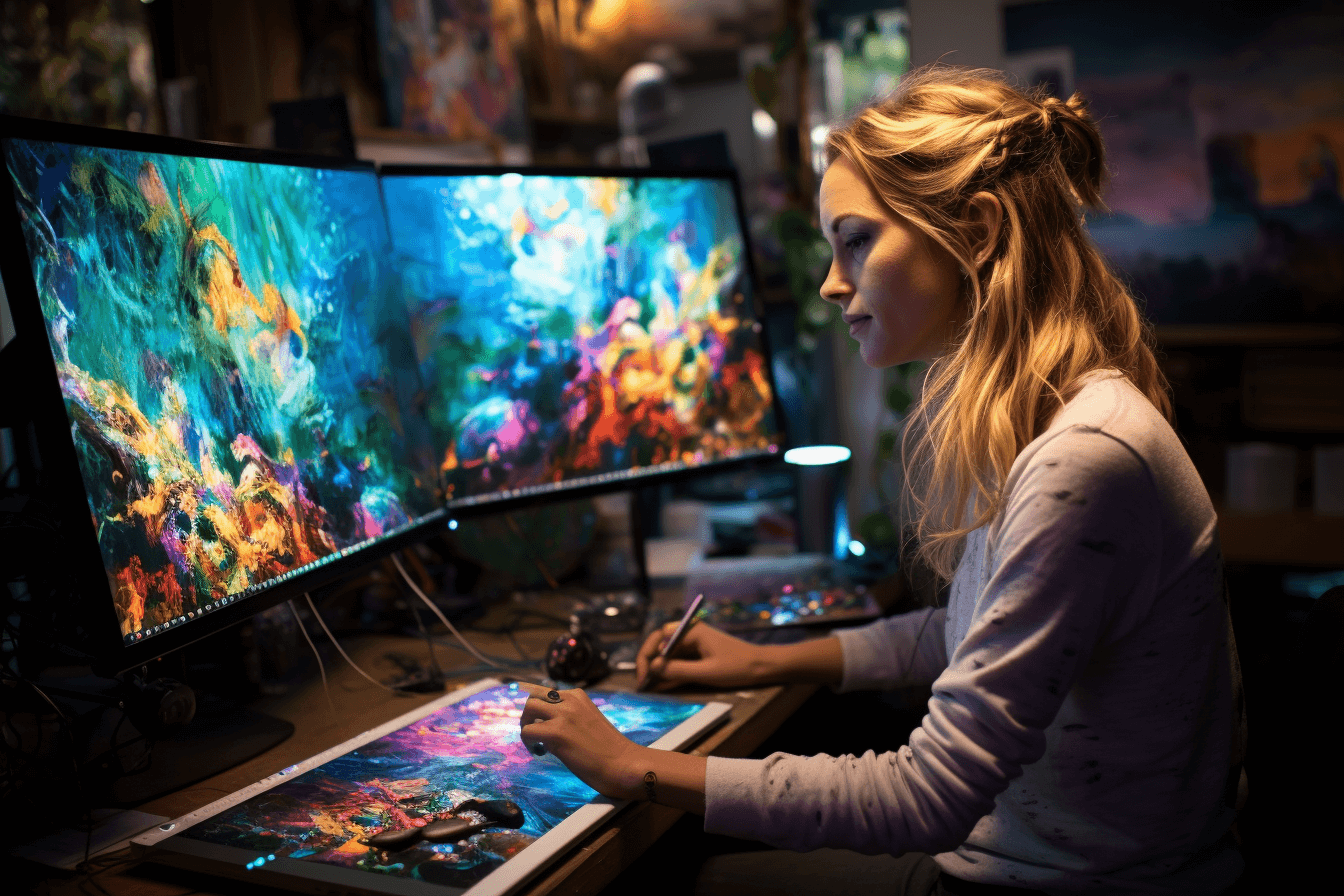
The future of using Midjourney and ChatGPT
Summing up
It’s evident that the synergy between language-driven AI and image generation holds remarkable potential for the world of visual art. With the five essential tactics we’ve uncovered, you now possess the foundation to navigate this exciting landscape. From concept generation to style emulation, from dialogues with AI artists to 3D art adventures, you’re equipped to elevate your artistic endeavors to new heights.
Remember, art is a journey of self-discovery and creative expression. The collaboration between ChatGPT and Midjourney serves as your trusted guide, ready to assist you in crafting breathtaking visual masterpieces. So, embrace these tactics and embark on your artistic odyssey today!

